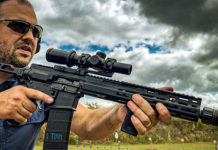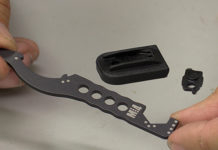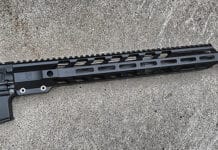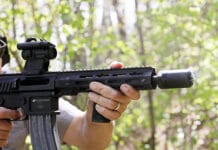I was super excited to get a first look and some range time with the new JP Enterprises LRI-20.
I know the video was a little long. Still, I figure if one is looking to invest in such a quality rifle like the JP, you are also probably willing to invest some time into learning as much as you can before making that decision.
I have always wanted to get into precision rifle shooting, and thankfully this year, I was able to do just that. I shot my first centerfire precision rifle match as well as my first rimfire precision rifle match. As my interest in precision rifle shooting grew, I also started to become more interested in precision semi-auto rifles. Of course, at the top of the list of interest has been JP Enterprises, they are no stranger no semi-automatic precision and accuracy.
My background in 3 gun, and being from Minnesota, made me no stranger as well to JP Enterprises as I got used to seeing their rifles finish at the top of matches. I also had the pleasure of using various JP parts in my own builds, as well as their components when I worked for a rifle company.
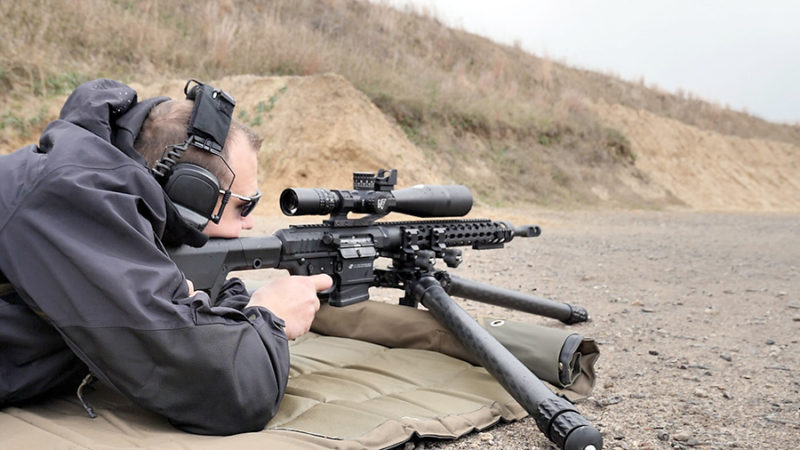
Recently while checking out rifles on JP’s website, I stumbled across a new item, the LRI-20. This is a new upper receiver officer for JP and is a large frame, meaning .308 and 6.5 CM, pattern upper receiver with a new integrated barrel nut and direct hand guard mount. This new upper receiver is a semi-monolithic platform that is going to make some serious traction in the semi-auto precision rifle market.
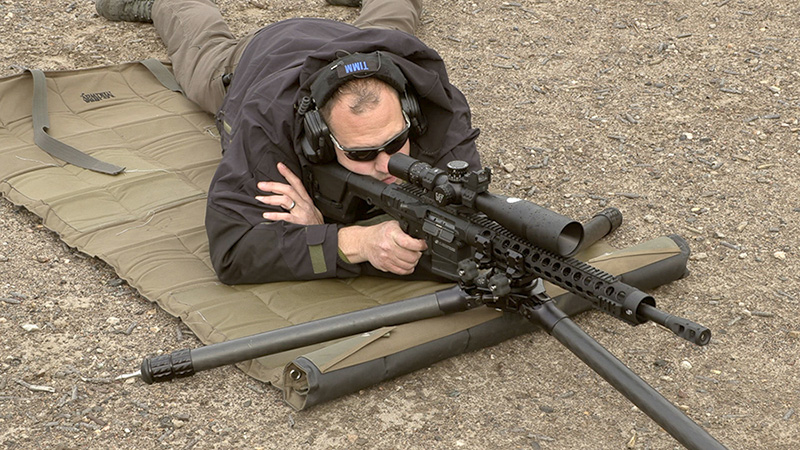
JP has their proven LRP-07 large frame AR that is known for its amazing reliability. Top competition shooters, as well as LE sniper and marksman units, are going to JP rifles as they are proven, performers. Their side charging system also offers ergonomic improvements as well as an incredible advantage when shooting suppressed. To top that off, they happen to be located a mere two hours from me, and I’ve had the pleasure of shooting many matches with the great shooters JP employs and sponsors.
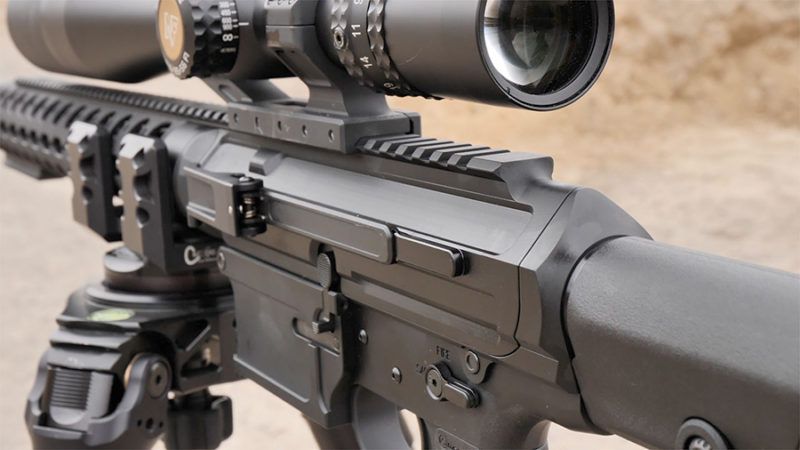
My first reaction to the new JP LRI-20 in person was very positive, a very impressive product. The machining, lines, and interface were all executed to incredible levels. I also enjoyed learning about the desire for JP to bring their LRP rifle to this next level. Many in the AR engineering space will acknowledge the mouth of the upper receiver, the opening where the barrel sits, is the weak point. This area is relatively thin and prone to flexing, additionally often the slip in fit that makes the AR platform so modular also doesn’t create the best interface with the barrel and upper.
Many people have looked at “bedding” barrel extensions in the upper receiver with various adhesives. While this can have some success, JP starting using Themo-Fitting on their receivers, this means the mouth of the upper is purposely undersized and requires heat to swell open the mouth during installation. Once the receiver cools after installation, it creates a complete clamping interference fit providing more rigidity. Other receivers now incorporate this process, but I would argue JP was likely the first. Bring that to this upper receiver, along with increased material around the barrel mounting surface, creates their most solid and rigid upper receiver to date.
Monolithic or semi-monolithic ARs aren’t new to the market, and there are a few other very nice offerings on the market. The new JP LRI-20 I feel will soon have a very substantial impact in this arena. It was also nice to see that JP took an original approach to this product versus some of the imitations that exist elsewhere in the AR world.
Because JP was designing the new LRI-20 upper receiver from the ground, they were not constrained to having an external dimension be one specific size or diameter. With this freedom, the integrated barrel nut now only has one job, to secure the barrel. In most AR’s, the barrel nut not only secures the barrel but also serves as the mounting surface and interface for the hand guard or rail system. This can also cause issues, on some systems flex from the hand guard is then directly transfered to the barrel nut and barrel which can then change point of impact. The LRI-20 has a large outside threaded surface that accepts their MK III hand guards natively. This not only provides an incredibly solid and seamless mount preventin flex, but it also makes everything look great as well.
I was excited to get some up close and range time with the LRI-20. I sincerely feel this is going to be very successful in the precision semi-automatic rifle market. JP rifles are not entry-level guns, but truly high end, high precision built to order rifles and components. Base price starts at $3499 for their LRP-20 platform with the option to build your rifle to your specifications, including the choice of the upper receiver and hand guard. The rifle shown in the video and phots has a street price closer to $4,000.00. Again this isn’t an entry-level gun, but once you shoot one, you start to understand why their guns are so popular quickly.
It’s not just the results on target; it’s also the feel of the rifle, the amazing tuned impulse, and lack of recoil compared to other large frame AR rifles.
For more information, and to order using their online rifle builder, check out: www.jprifles.com
Other products used in this video were:
The amazing OTTO NoizeBarrier Range SA Hearing Protection
Night Force ATACR 5-25 Scope
Catch up on our previous First Look episodes here. Also be sure to check out Dave’s first centerfire precision rifle match as well as his first rimfire precision rifle match.
Want more posts like this one? Subscribe to Guns & Tactics Magazine to receive email updates and special offers direct to your inbox!
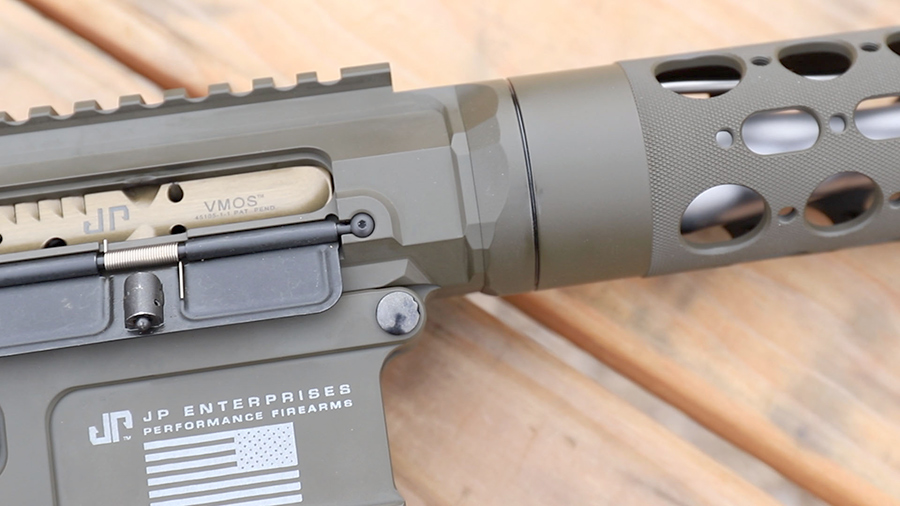


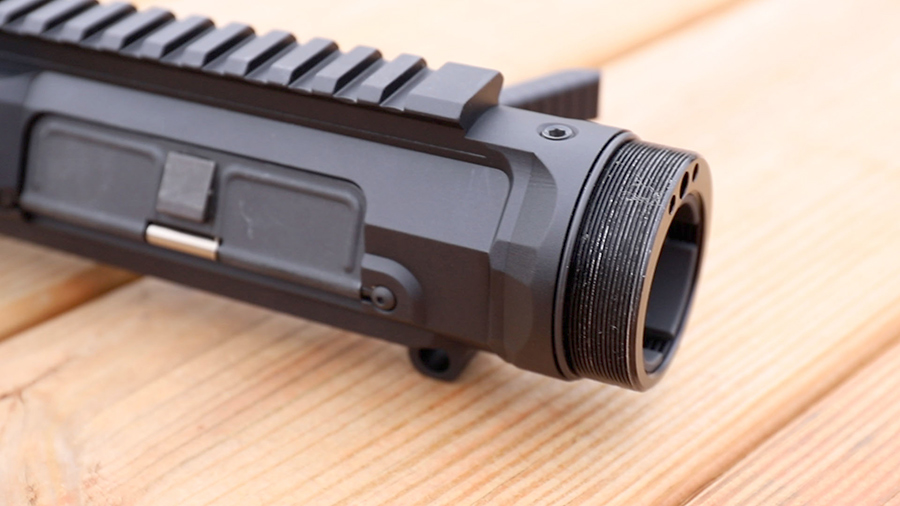
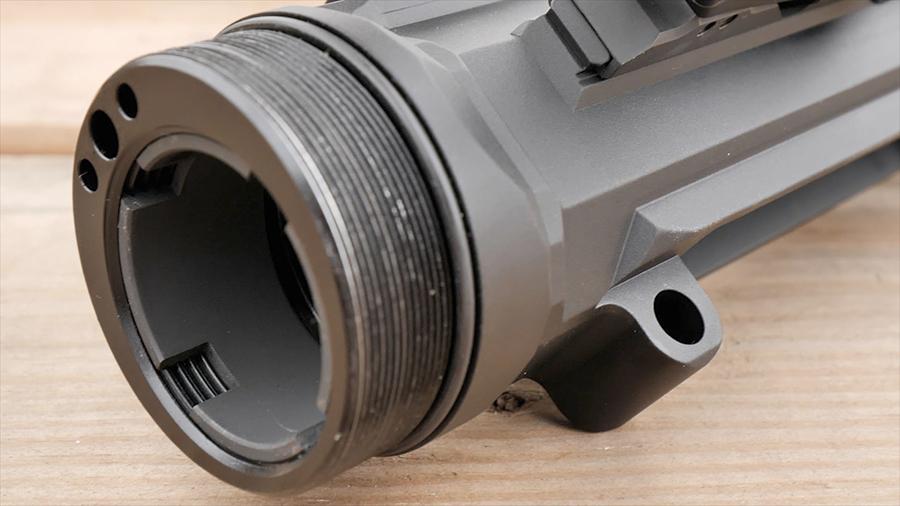
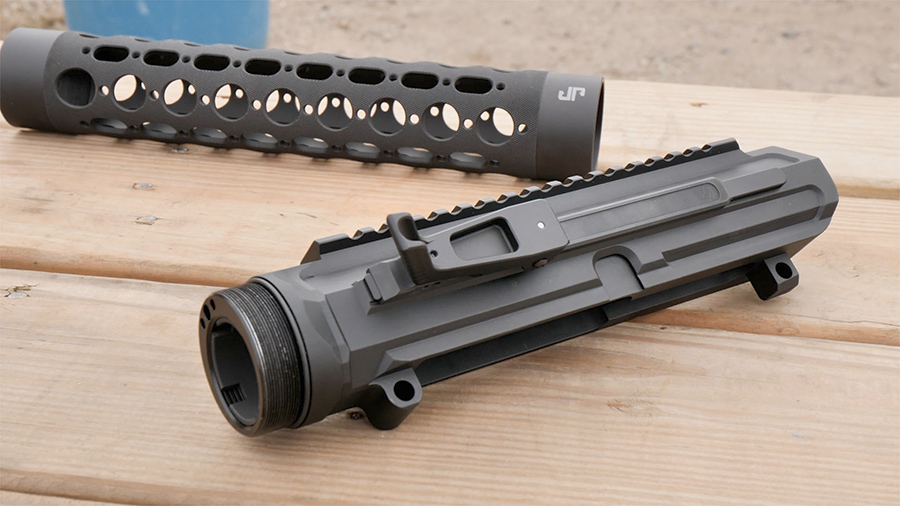
![The New Atibal E2 First Look [Video] Atibal-E2-clean](https://www.gunsandtactics.com/wp-content/uploads/2023/08/Atibal-E2-clean-218x150.jpg)
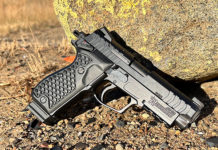
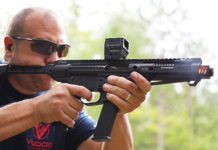
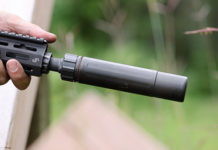
![Springfield 1911 DS Prodigy [Hands-On] Springfield-Armory-1911DS-Prodigy](https://www.gunsandtactics.com/wp-content/uploads/2022/09/Springfield-Armory-1911DS-Prodigy-218x150.jpg)
